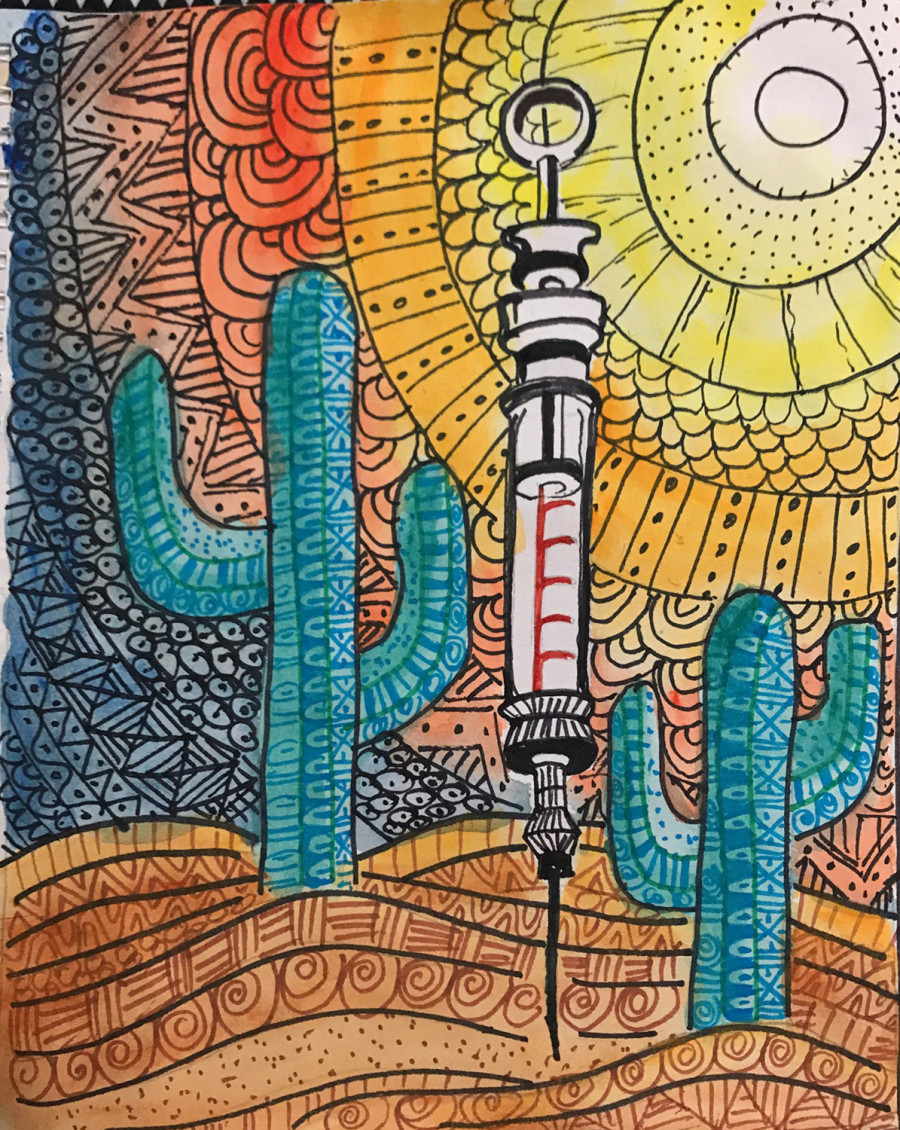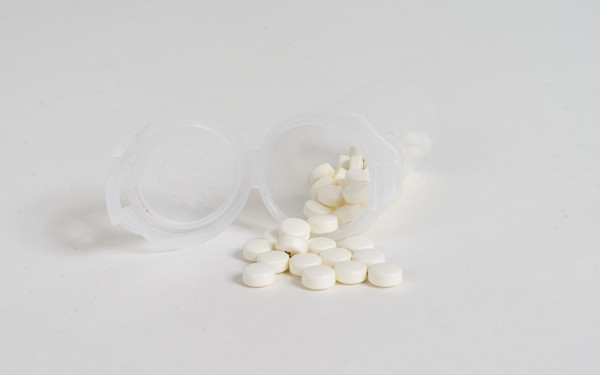Community Group CACTUS Strives for Harm-Reduction With Newly-Opened Safe Injection Site
Group Provides Support for Drug Users and Fights Social Stigma
Opiate abuse doesn’t discriminate.
This is a lesson Amélie Goyette learned while working with people in crisis.
“It’s not just homeless people, we see everything: from students to lawyers in suits,” she affirms.
Goyette has worked at CACTUS for 13 years. It’s a community driven organization focused on reducing the risks of drug use—an option for Montrealers looking to reduce the harms associated with using opiates.
Rates of Hepatitis C are high among injection users, and CACTUS reports that 68 per cent of injection drug users are carriers of the virus. Intravenous users also are at a higher risk of contracting HIV.
CACTUS hopes to reduce the spreading of viruses like this through their services. They offer clean needles and support for people who use them.
“I wanted to work with people that no one wanted to help,” Goyette says.
They’re also connected with a number of other community organizations like L’injecteur, a magazine produced by and for drug users.
In 2010, CACTUS helped start “Messagers de rue,” a project which hires people with significant financial problems to distribute clean needles and clean the streets where there are active users. This highlights their approach of offering resources for users who want to work and help make a difference with those at risk.
Their new location by Saint-Laurent metro offers a room where users can inject drugs in a clean environment, and where health-care practitioners are present to administer naloxone in the case of an overdose. The location is one of three supervised injection sites that were opened in Montreal this June.
An injection of naloxone can effectively reverse the effects of an opiate overdose. Being trained in how to deal with an overdose, and having access to lifesaving drugs can prevent unnecessary deaths.
Since moving to their new location in June, Goyette says three people have overdosed on site, but fortunately, none of them were fatal.
In her experience, Goyette sees that people often begin with prescription opiates like oxycodone before moving on to harder drugs like heroin, since doctors prescribe opiates less than they used to. Goyette says that in general, once a person starts injecting heroin, they never go back to pills.
In recent years, she’s seen the number of fentanyl overdoses go up. Fentanyl, a synthetic opioid, has been credited for the unparalleled spike in drug overdoses. In Montreal’s Centre-Sud region around the Gay Village alone, there were 64 opioid overdoses between Aug. 18 and Oct. 16, according to data released by Urgences Santé.
Since fentanyl is 10,000 times more potent than morphine, it is active at incredibly small doses. An amount equivalent to a few grains of sand can be enough to kill someone. While extremely potent, it is also cheap to manufacture and very profitable for drug dealers. Since clients are looking for the most potent batch of heroin for their money, fentanyl sometimes gets mixed into dealer’s batches. This puts even the most experienced long term users at risk, as they have no way of knowing for sure what is in their bag.
“Drugs will always be there,” Goyette says. For someone that has seen just how debilitating drug abuse can be, she strongly believes that humanizing users is the only answer. “It’s about creating a connection, if they decide they need help, we’re here.”
CACTUS also employs a number of peer workers who have past experiences with heroin abuse, or are currently using. Marino Leroux has been part of the team for almost five years, and has seen the impact it can have on people in at-risk communities.
“It’s about creating a connection, if they decide they need help, we’re here.”— Amélie Goyette
Leroux started out working with Plein Milieu, a community organization that works to help young people, drug users, and the homeless in Montreal by offering everything from clean drug supplies to legal advice. He feels strongly affected by his work with drug users, and is able to connect with them since he had used in the past.
“Users always felt comfortable around me” Leroux says.
As someone so connected with the community, Leroux spends a lot of his time working directly with users. At times it can be hard to be so close to that lifestyle after getting clean, but he believes his past is an asset to the work he’s doing.
“People can tell I won’t judge them, and they let me get close to them,” he explains.
He also believes that change can happen for anyone. “Sometimes it takes a while but being there and giving someone the space they need can make a huge difference,” Leroux says.
While in recent years deaths related to overdoses have spiked, it’s organizations like CACTUS that are working to reduce stigma surrounding drug abuse. Other organizations working to help users have popped up like Dopamine, a safe injection site situated in the Hochelaga-Maisonneuve district and L’Anonyme, a mobile unit that moves around the downtown core of Montreal.
A statement from Concordia University says its health services, including counselling and health care, take a harm-reduction approach to substance use, understanding that drug use happens and that “processes to promote abstinence have limited impact.”
Mary-Jo Barr, university spokesperson, wrote that Campus Wellness and Support Services offers group therapy for students, but will direct those “who need a higher level of support” to community resources. She also said CWSS will be training their staff and security on how to support students who use drugs later this year.


_600_832_s.png)

2_600_375_90_s_c1.jpg)
_600_375_90_s_c1.JPG)
_600_375_90_s_c1.jpg)
